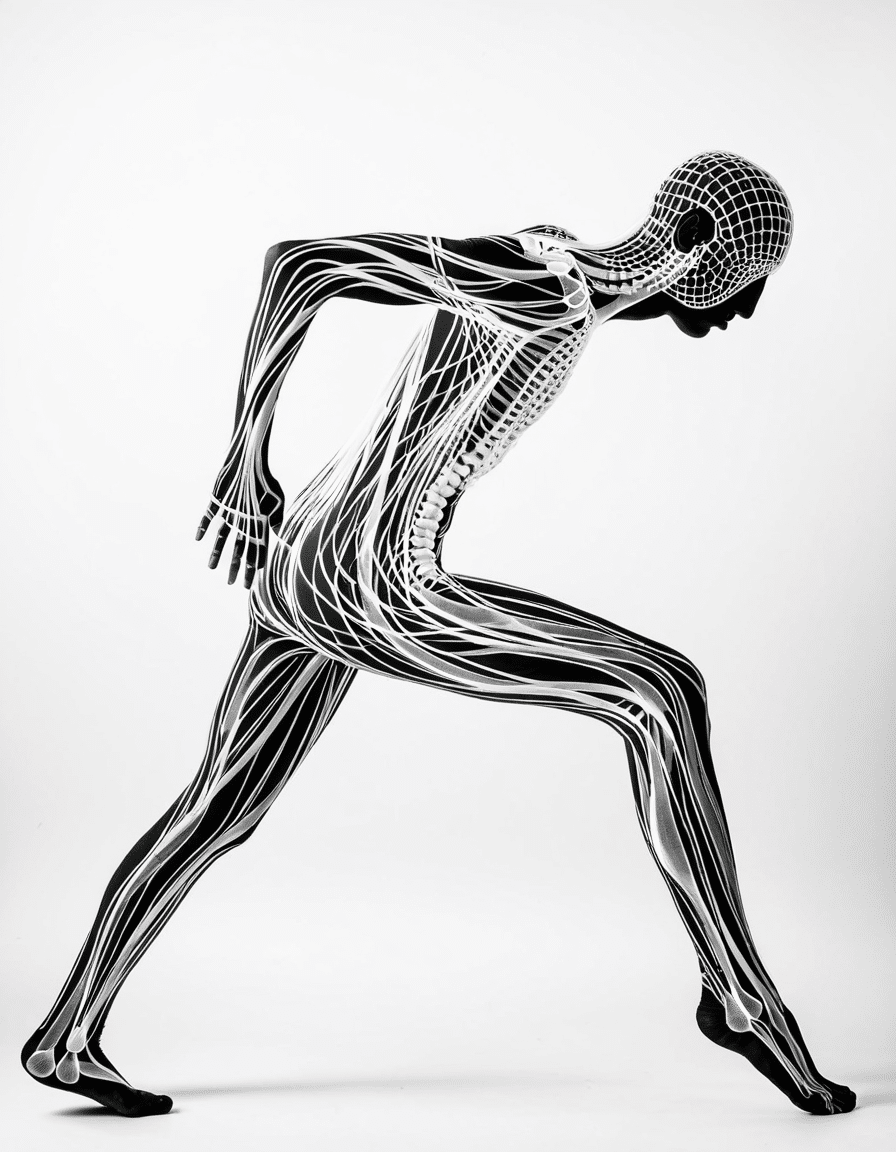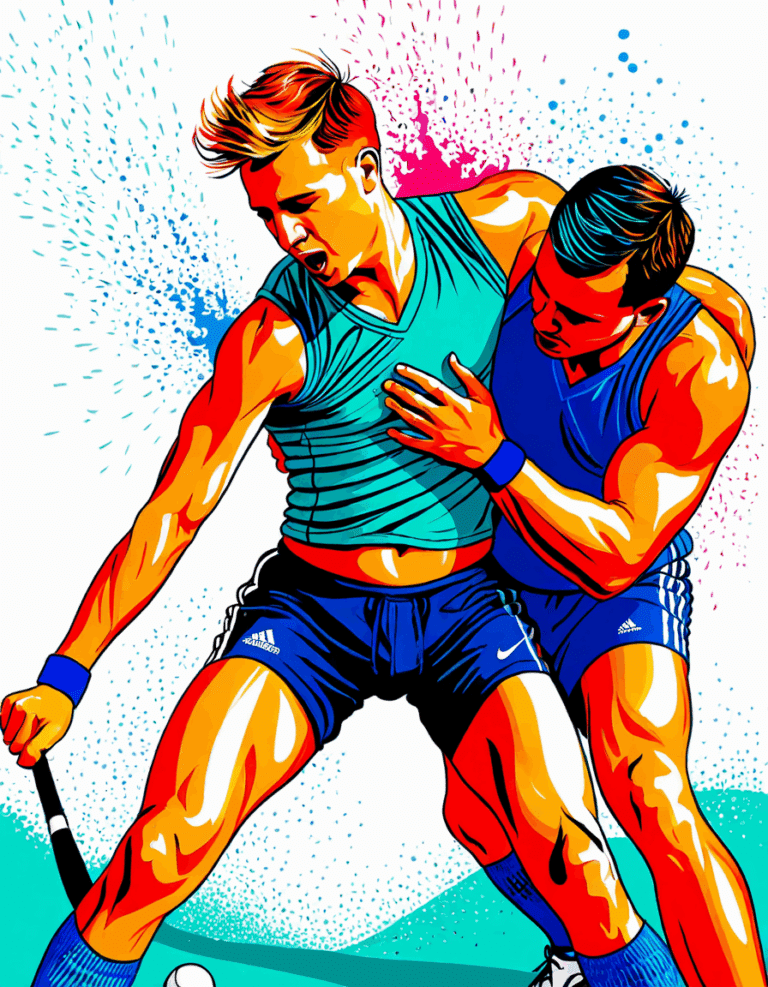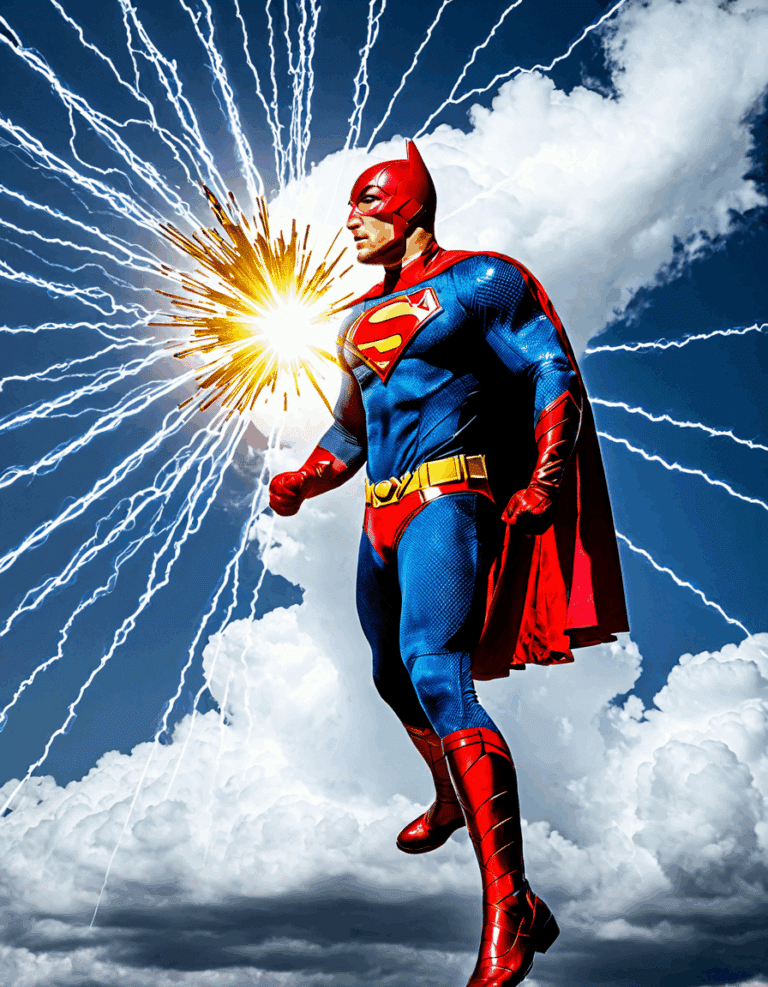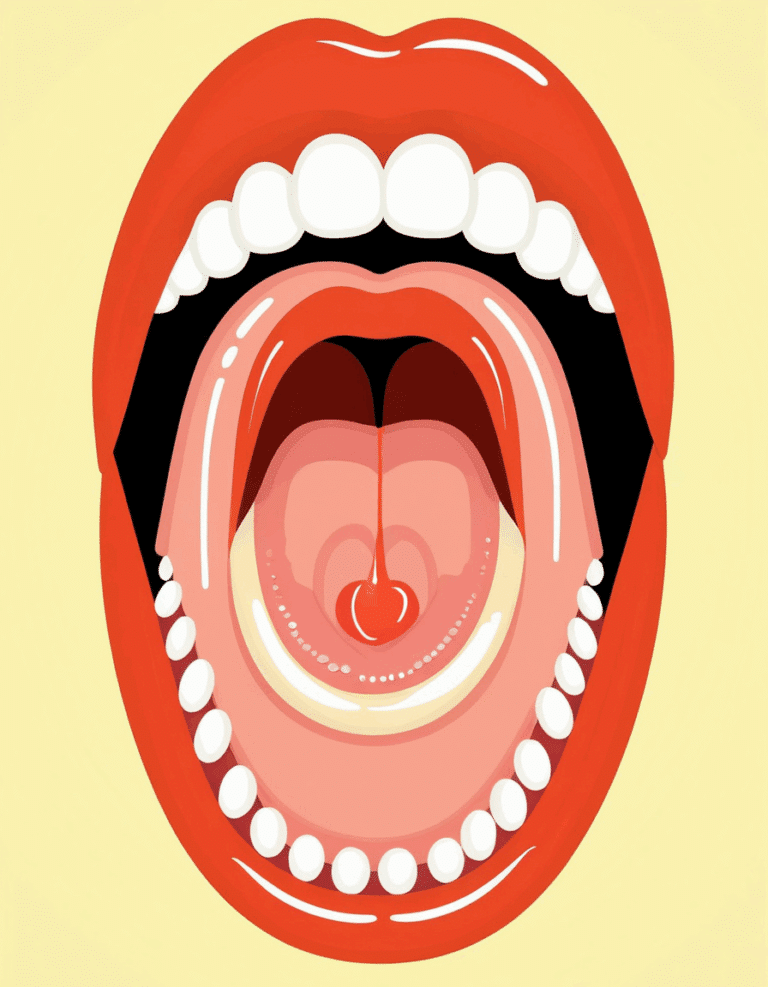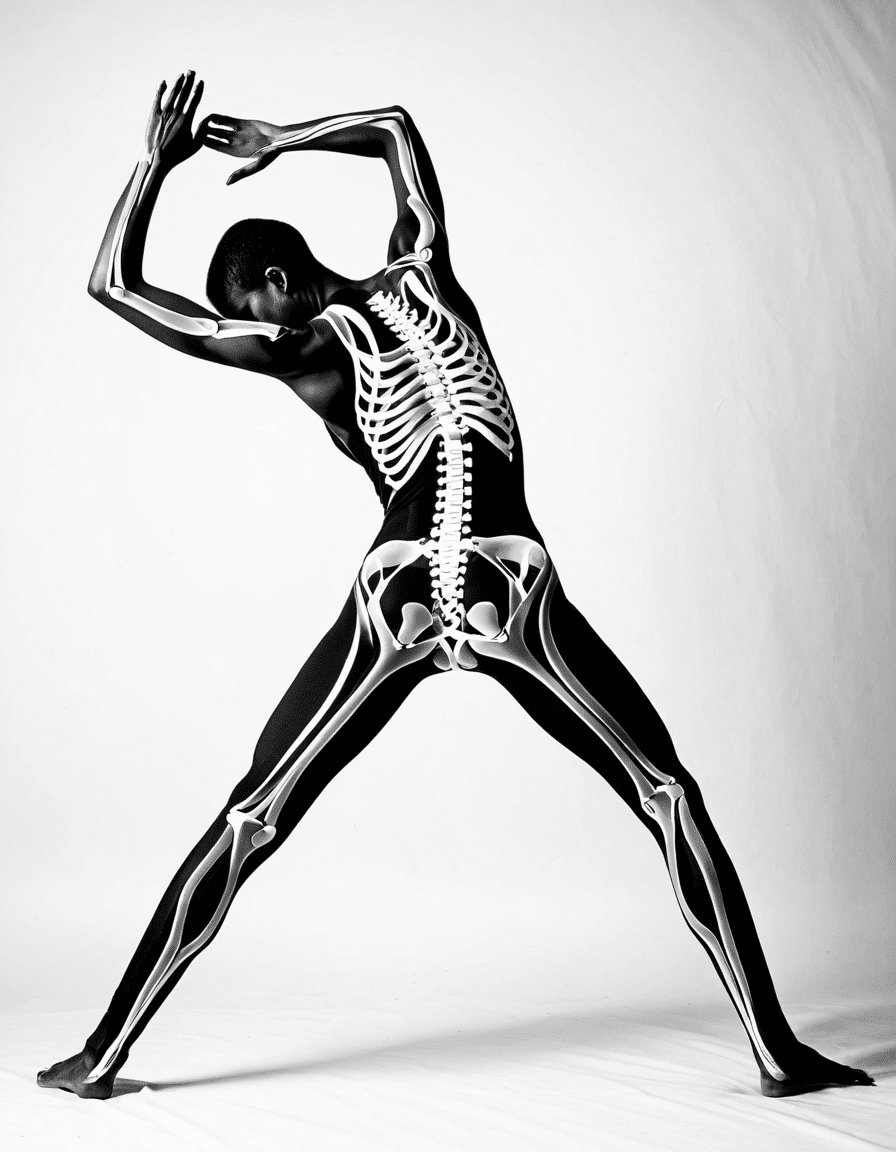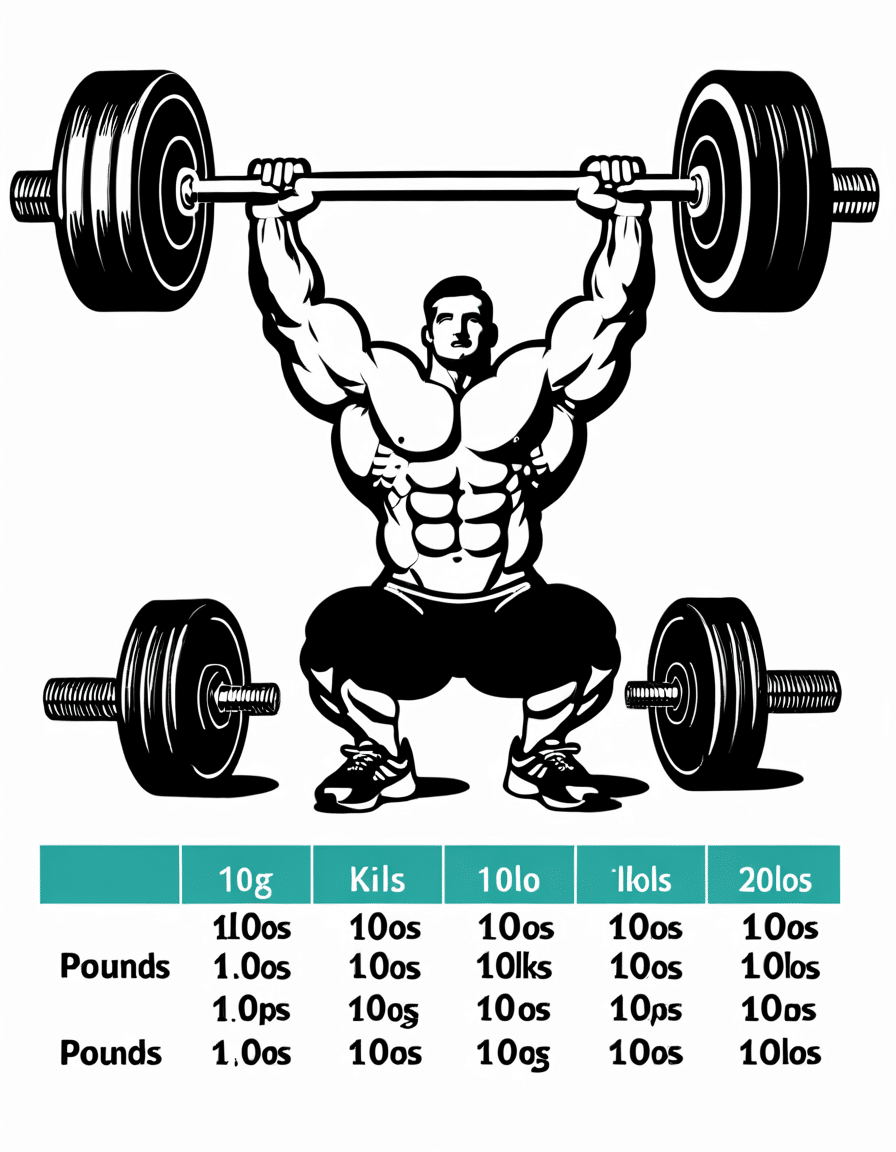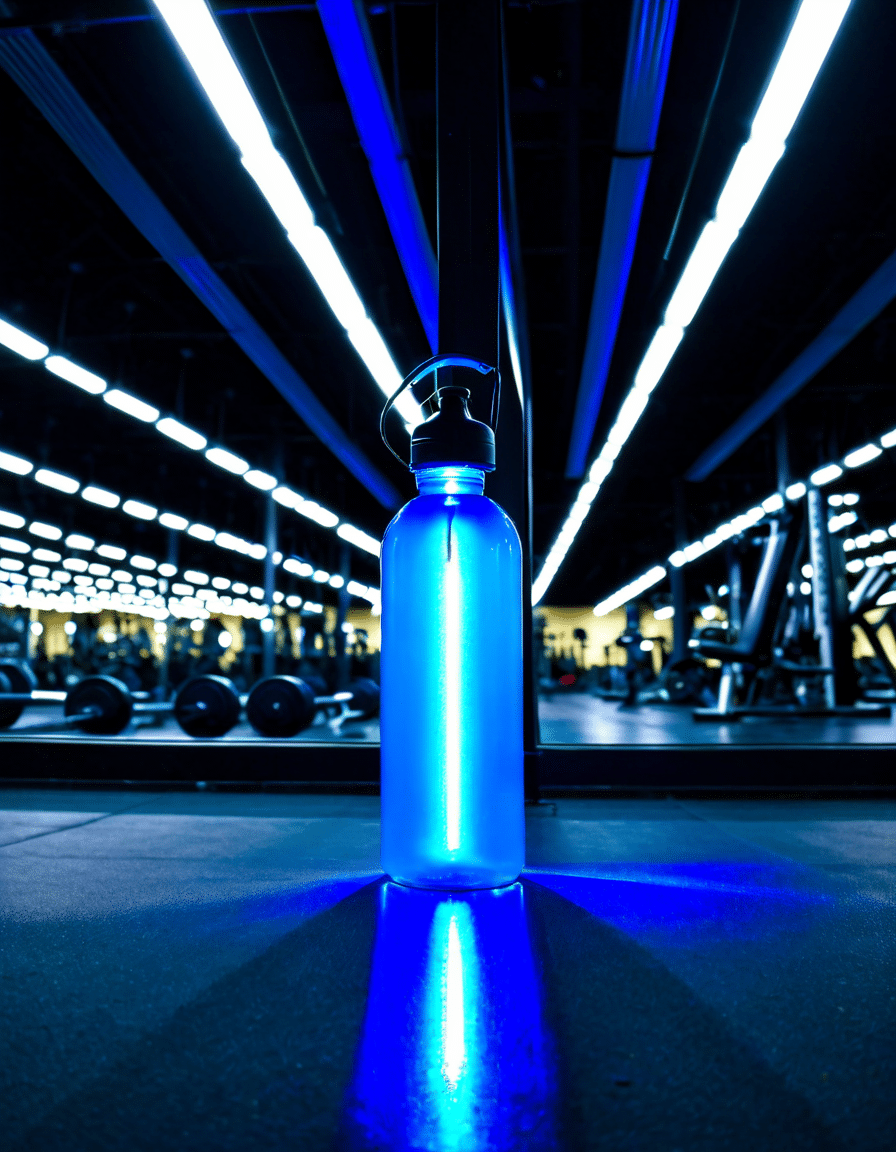If you’re feeling achy in your lower back, you’re not alone. Lumbar spondylosis is a common issue, especially as we gracefully age. It can sneak up on you, and if you don’t catch those early symptoms, it might lead to unwanted complications down the line. But fear not, because understanding lumbar spondylosis and its symptoms is the first step to reclaiming your strength! So, let’s dive into the nitty-gritty of this condition and arm you with holy grails for relief.
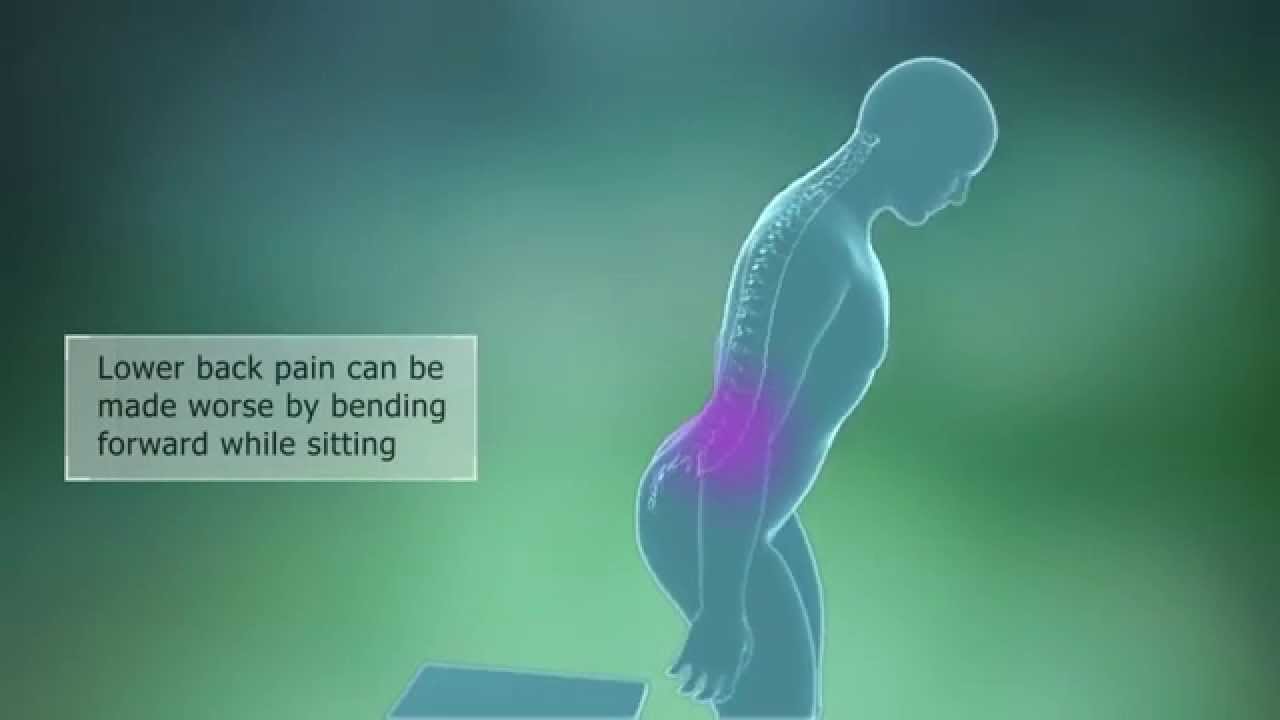
Top 7 Lumbar Spondylosis Symptoms to Recognize Early
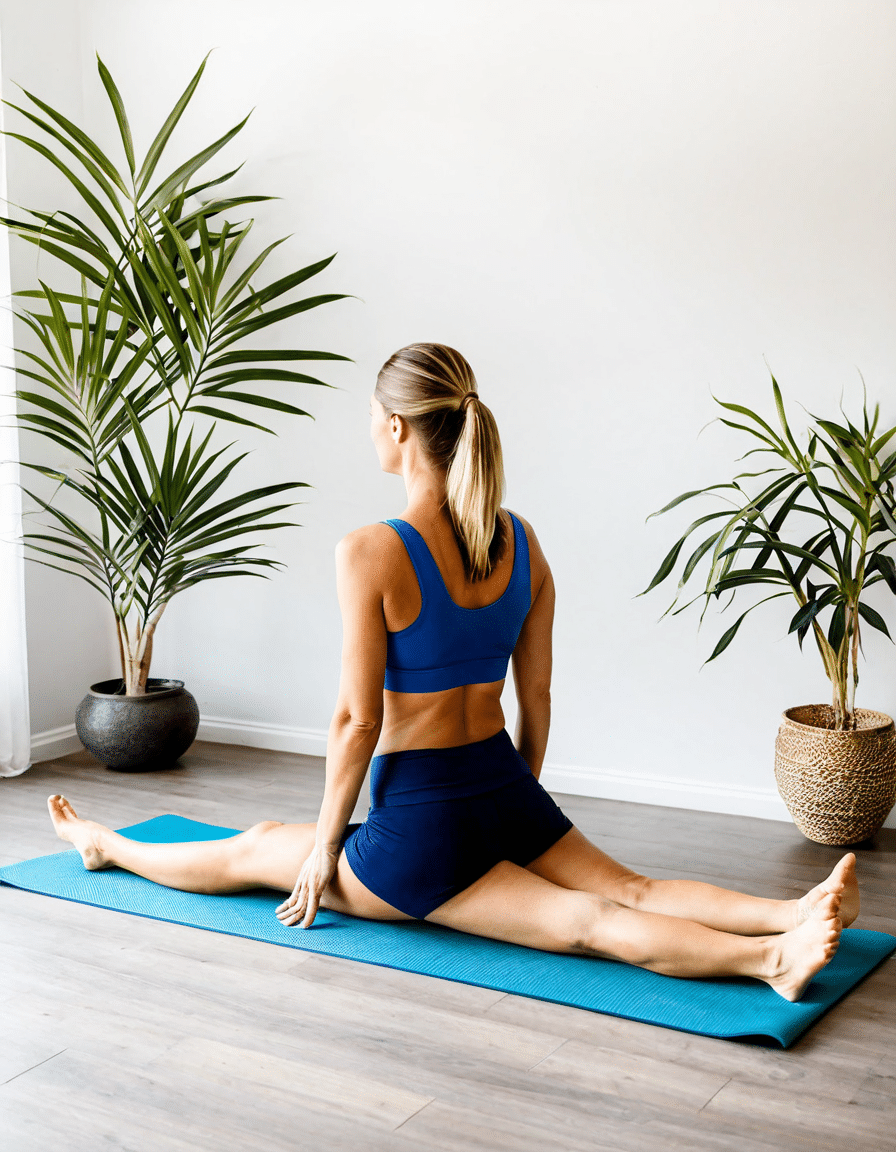
1. Chronic Lower Back Pain
One of the most classic signs of lumbar spondylosis is a throbbing, persistent ache in your lower back. This pain usually intensifies with extended activity or after long spells of sitting still. It’s a result of the gradual breakdown of your spinal discs and joints, causing surrounding muscles to work overtime to compensate. You might feel like you’re carrying the weight of the world on your back!
2. Stiffness, Particularly in the Morning
Ever wake up feeling like you’ve turned into a rusty robot? That stiffness, especially in the morning, is a tell-tale sign of lumbar spondylosis. Weather changes can worsen this tightness, making your morning stretch routine even more crucial. To shake off that stiffness, jump into some targeted stretches or warm-up exercises, setting a purposeful tone for your day.
3. Radiating Pain in the Legs
Known as radicular pain, this symptom is where things get a bit spicy. When nerve roots are compressed in your lower back, the pain tends to radiate down your legs or into your buttocks, often hitting you like a bolt of lightning with sharp, burning sensations. This curse can go hand-in-hand with sciatica, complicating matters even further and calling for a strategic approach to pain management.
4. Muscle Weakness
Muscle weakness can creep in on you over time, stemming from nerve compression. Feeling wobbly while trying to stand up or struggling with stair-climbing? Time to pump up those core and leg muscles! Strengthening exercises, possibly with the guidance of a physical therapist, can make a world of difference for a more powerful comeback.
5. Numbness or Tingling
Most folks report a sensation that’s an uncomfortable mix of pins and needles, often described as paresthesia. This occurs when nerve roots become pinched, disrupting normal sensations in your legs or feet. Keeping an eye on these symptoms is essential since they’re key factors for building an effective treatment plan that relieves your discomfort.
6. Walk Pattern Alterations
Depending on how your body reacts to pain, your walking style might change. Favoring a leg or shuffling forward can indicate underlying problems—pay attention to these signs! A thorough evaluation and focused exercises can help you regain your stride and reduce discomfort on your feet.
7. Difficulty with Daily Activities
When lumbar spondylosis presses on, daily tasks like bending, lifting, or simply sitting can turn into major hurdles. If you find these become laborious, it’s time to consult a healthcare professional for personalized exercise regimens and pain management strategies that suit your unique lifestyle.
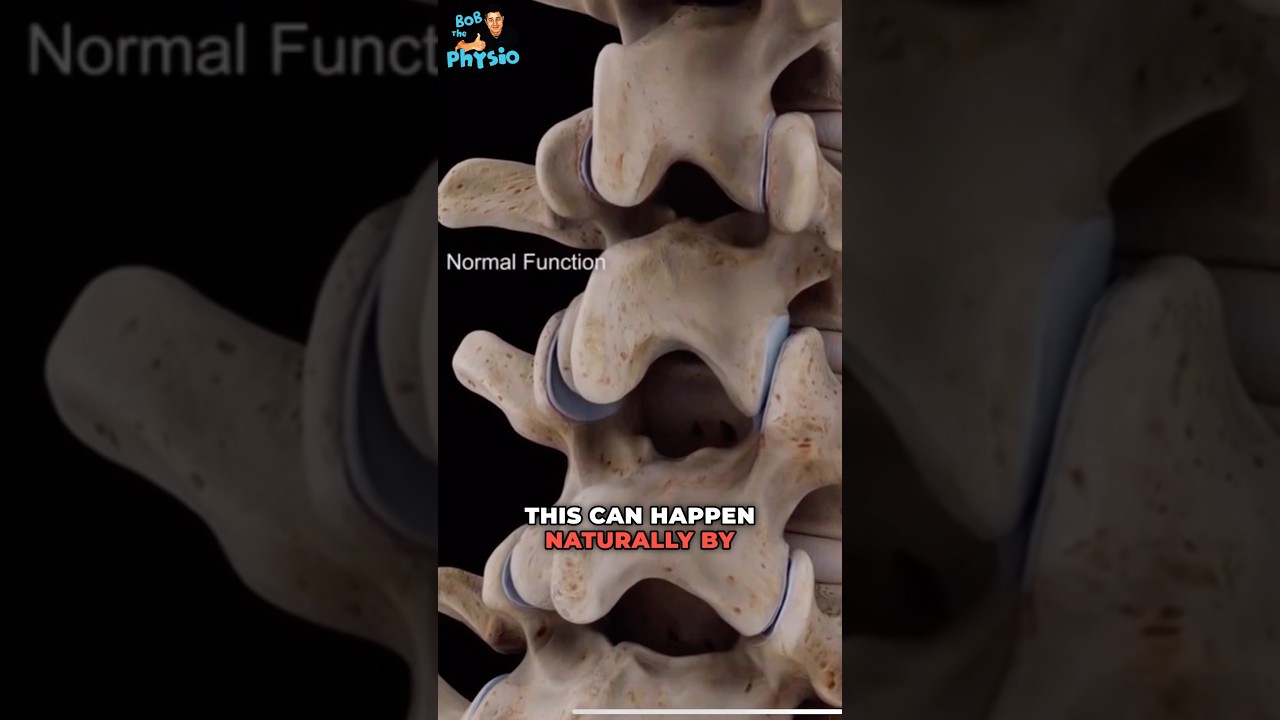
Effective Relief Strategies for Lumbar Spondylosis
1. Physical Therapy Interventions
Team up with a skilled therapist who knows the ropes of lumbar spondylosis. Physical therapy is crucial for recovery, focusing on strengthening your core and back muscles. Programs are specifically tailored to boost flexibility, minimize pain, and improve your overall quality of life—like finding your secret weapon in the fitness world!
2. Holistic Approaches: Acupuncture and Chiropractic Care
Don’t overlook alternative treatments! Acupuncture, for instance, has gained popularity for its ability to significantly ease pain and boost mobility. Combining this with chiropractic care, where specialists perform adjustments to realign your spine, can work wonders to relieve nerve pressure. It’s a win-win!
3. Pharmaceutical Options
Got some pain? Over-the-counter meds like ibuprofen or naproxen can provide temporary relief when you need it. If the discomfort sticks like gum on your shoe, consult your doctor about stronger options. Having a detailed discussion about managing dosages is key to ensuring you pop the right pills without going overboard.
4. Heat and Cold Therapy
Heat therapy works wonders for those stiff muscles, while an icy cold pack can do a great job at reducing swelling. Use heating pads and ice packs in a strategic way. They can offer quick relief during flare-ups, like having your very own dream team for conquering discomfort!
5. Maintaining a Healthy Weight
Excess weight brings extra stress to your spine, worsening lumbar spondylosis symptoms. An active lifestyle, paired with a balanced diet, can help you manage your weight. It’s all about fitting fitness into your daily routine and watching your body flourish!
6. Innovative Tech: Wearable Devices
Nowadays, savvy gadgets like the Oska Pulse, which utilizes Pulsed Electromagnetic Field (PEMF) therapy, have caught the limelight. These wearable devices offer non-invasive means to ease inflammation and discomfort, paving the way for improved mobility and a vibrant quality of life that makes every workout a breath of fresh air.
7. Surgical Options for Severe Cases
If conservative treatments aren’t cutting it, surgical options may be on the table, like spinal fusion. While it’s a more drastic measure, this surgery can help stabilize the spine and alleviate nerve pressure when all else fails. Remember, this is typically considered after you’ve left no stone unturned in seeking less invasive paths.
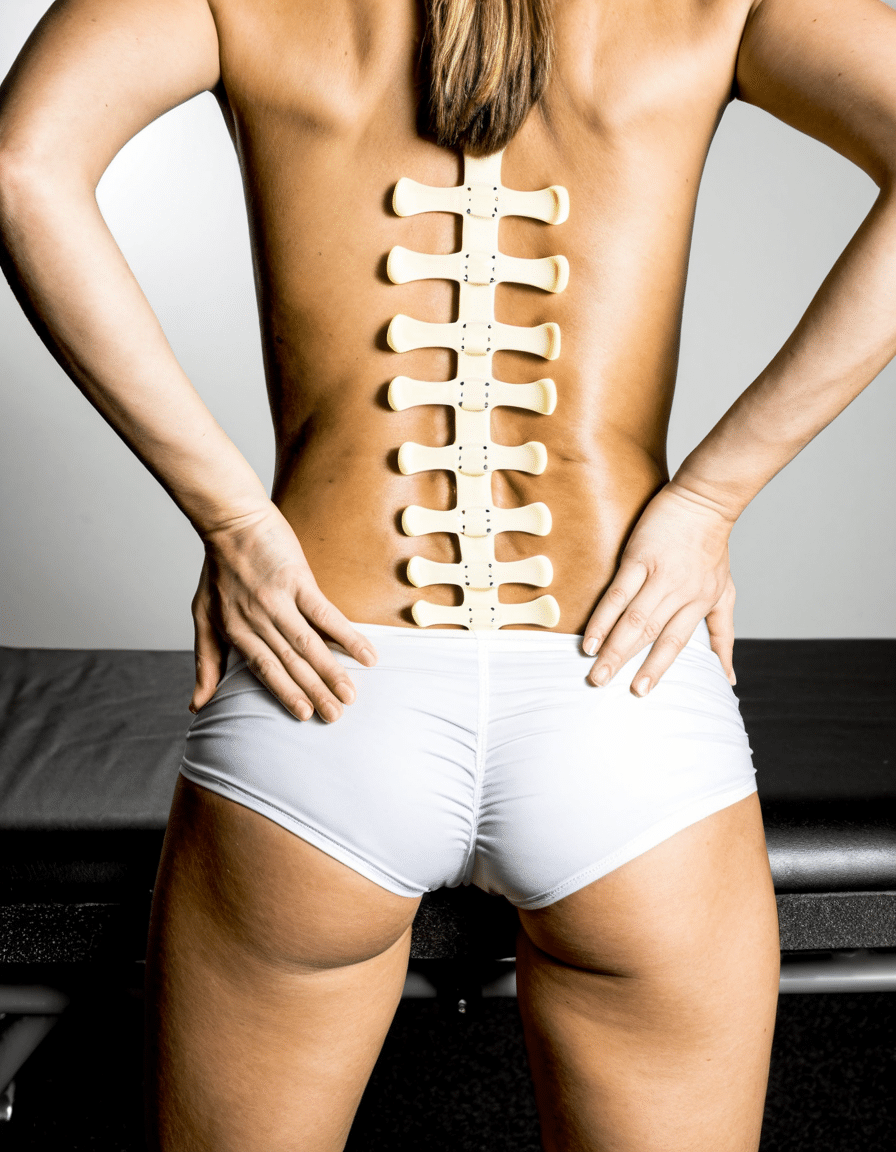
Embracing Management for Enhanced Quality of Life
Living with lumbar spondylosis doesn’t have to feel like a life sentence. It calls for a mindset of resilience and strength, tapping into a multi-faceted approach that embraces lifestyle tweaks, exercise routines, and open communication with healthcare providers. By becoming aware of early symptoms and implementing powerful relief strategies, you can keep the momentum going forward—nothing can stop you!
With advancements in research and treatment continuing to progress, your journey with lumbar spondylosis can shift from one of struggle to one centered on empowerment. Dive into exercise, fine-tune your nutrition, and unleash the best version of yourself! It’s time to take action, stay inspired, and get shredded!
For more resources on managing lumbar spondylosis effectively, consider checking out products like Takamura or looking into fitness wear such as wide leg yoga pants. And as always, stay motivated until your goals become a reality!
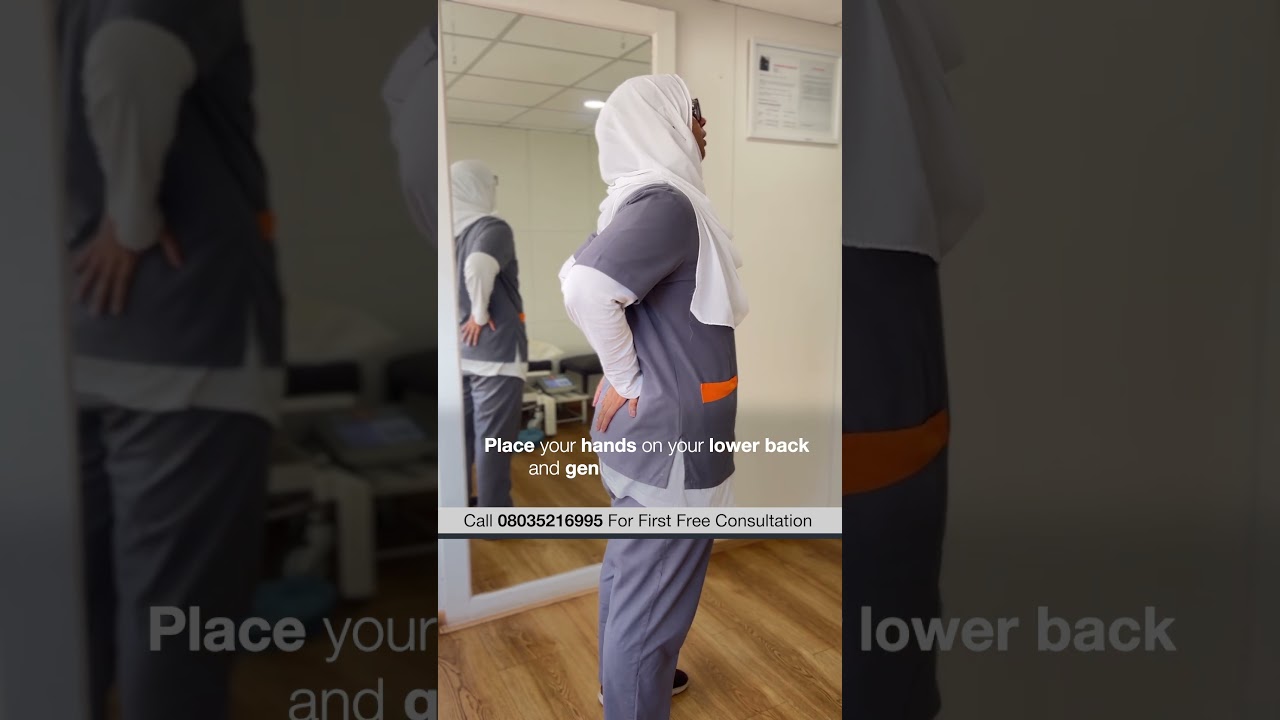
Lumbar Spondylosis: Facts and Fun Trivia
Understanding the Basics
Did you know that lumbar spondylosis, a common back condition linked to aging, affects millions of people worldwide? As we age, our spinal discs lose hydration and elasticity, leading to discomfort and decreased mobility. Interestingly, this condition can sometimes be mistaken for other issues. For example, symptoms similar to lumbar spondylosis can arise from conditions like superficial thrombophlebitis, which primarily involves inflammatory blood vessels. So, if you’re feeling down in your back, it’s a good idea to have a healthcare professional check it out!
Surprising Symptoms
No one enjoys a sore back, but lumbar spondylosis often presents with unexpected symptoms, like sciatica—a sharp pain that can travel down the leg. This is due to nerve compression in the lower spine, making it crucial to recognize the signs early. Fun fact: some research suggests that adjustments to one’s posture, similar to the technique of mouth taping, can significantly improve alignment and reduce discomfort. While it sounds a bit odd, it’s gaining traction! Many individuals aren’t aware that they might inadvertently contribute to their pain through poor postural habits.
Relief and Recovery Options
When seeking relief, there are a variety of strategies that can help. Most folks lean on physical therapy, medication, or even yoga to alleviate their lumbar spondylosis symptoms. Another surprising remedy is a simple salt water gargle, which, while primarily known for soothing sore throats, has also been touted by some as useful in easing body pains through its anti-inflammatory properties. And for those wondering about incorporating fun physical activities, why not take a swing at Sand Valley golf? It’s said that spending time outdoors can boost your mood and overall well-being, which may indirectly help with managing back pain during flare-ups.
With the NFL playoffs gearing up, many people find themselves cheering from their couches, which could mean hours of sitting. Instead of succumbing to aches associated with prolonged sitting, folks can benefit from taking frequent breaks to stretch. Little tweaks like these can make a world of difference in living with lumbar spondylosis and maintaining an active lifestyle. So next time you’re getting comfy on your sofa, think about those stretches — your back will thank you later!
